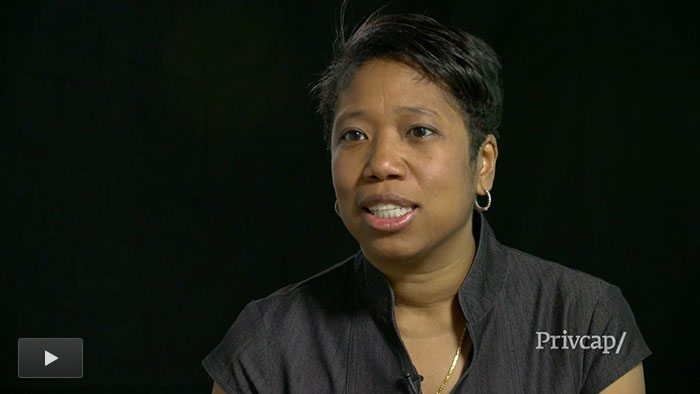Feeding the Asian Cubs
As the power of the BRICs waxes and wanes, investors in the private capital markets are turning their attention to the trajectory in Southeast Asia.
“As China and India started to slow down as a result of the global financial crisis, I think Southeast Asia really came into prominence over the last three or four years,” said Luke Pais, managing director, EY Corporate Finance in Singapore.
Chow Yin Tan, partner at Navis Capital Partners, added that while India is losing luster, “there are also some concerns about whether China can evolve beyond pre-IPO-type investments.”
Dissecting diversity
While Southeast Asia’s GDP and population are marked by growth, experts say the true keyword is diversity. The varied cultures, geographies, resources, and socioeconomic levels ultimately play a part in every private equity investment.
“There’s a GDP of about $2.5 trillion, and that’s growing at about seven to eight percent per year,” said Pais. “If you look at the per capita GDP, there’s a lot of diversity. In Singapore, you have GDP levels of about $60,000. If you go to Myanmar or Cambodia, it’s about $1,000, and there’s everything in between.”
This creates pockets of opportunities across the region, according to Pais. “The interesting thing about Southeast Asia is value shifts,” he said. “So because of the diversity in the region, when one market is up, another market is down.”
“It is easy to be seduced by the macros of the region as a whole,” said Tan. “Where you will get your alpha is by focusing very much on the micro.” He said an investor must evaluate questions such as “Will the same product that sells when GDP per capita is at $3,000 also sell just as well when GDP per capita goes to $5,000?”
Deal flow
When it comes to forming funds, Amy Ang, a partner at the Financial Services Tax Group for EY, said that investors find comfort doing business in Singapore. The Singapore resident fund structure has triggered a lot of interest in private equity, she said. “The main advantage is that it allows you to access the Singapore treaties with many of the Southeast Asian countries, and this in particular will get capital gains exemptions and also reduce withholding tax rates in dividends interest.”
Tan of Navis Capital, based in Kuala Lumpur, has found that when it comes to deal flow, buyout activity has been vibrant in the more advanced Tiger economies of Singapore, Malaysia, and Thailand, where family-owned businesses are facing generational transition.
Perhaps the clearest indication of regional growth came from Melissa Kang of the International Finance Corporation, the World Bank subsidiary focused on the private sector in developing countries, who said that the group is investing 80 percent of its 2013 funding in Southeast Asia and that it has just committed to a fund in the Philippines for the first time in decades. “We have also committed ourselves to a Southeast Asian–focused/general East private equity fund, as well as a fund that is focused on climate change investment in Southeast Asia,” she said. “These are very new.”
What’s motivating owners to sell?
Pais of E&Y said that deals in Southeast Asia fall in the midmarket range of $50 million to $500 million and usually involve businesses transitioning from traditional family-based managements to more multinational and professional organizations. As a result, building relationships and spending time with management often trump more typical financial imperatives. Tan said that most family-run businesses need major restructuring, with special attention to tax and legal issues, before they can be introduced to new markets or geographies.
Kang added that in countries such as Indonesia and Thailand, older generations are reaching retirement. It is common for their children to have studied abroad in the U.S. or Europe. Upon their return, they are more open to foreign advisers and new management styles. “They actually invite private equity fund managers to work with them, because they want to have more sounding boards and dialogues,“ she said.
Kang did note that not all Southeast Asian private equity deals are served family-style. “I think people ought to know that a lot of new-generation entrepreneurs have started businesses over the last 10 years,” she said. “They are better target clients or investees for PE funds, because they are most sophisticated, and they actually value the input of GPs or a PE firm.”
As the power of the BRICs waxes and wanes, investors in the private capital markets are turning their attention to the trajectory in Southeast Asia.
